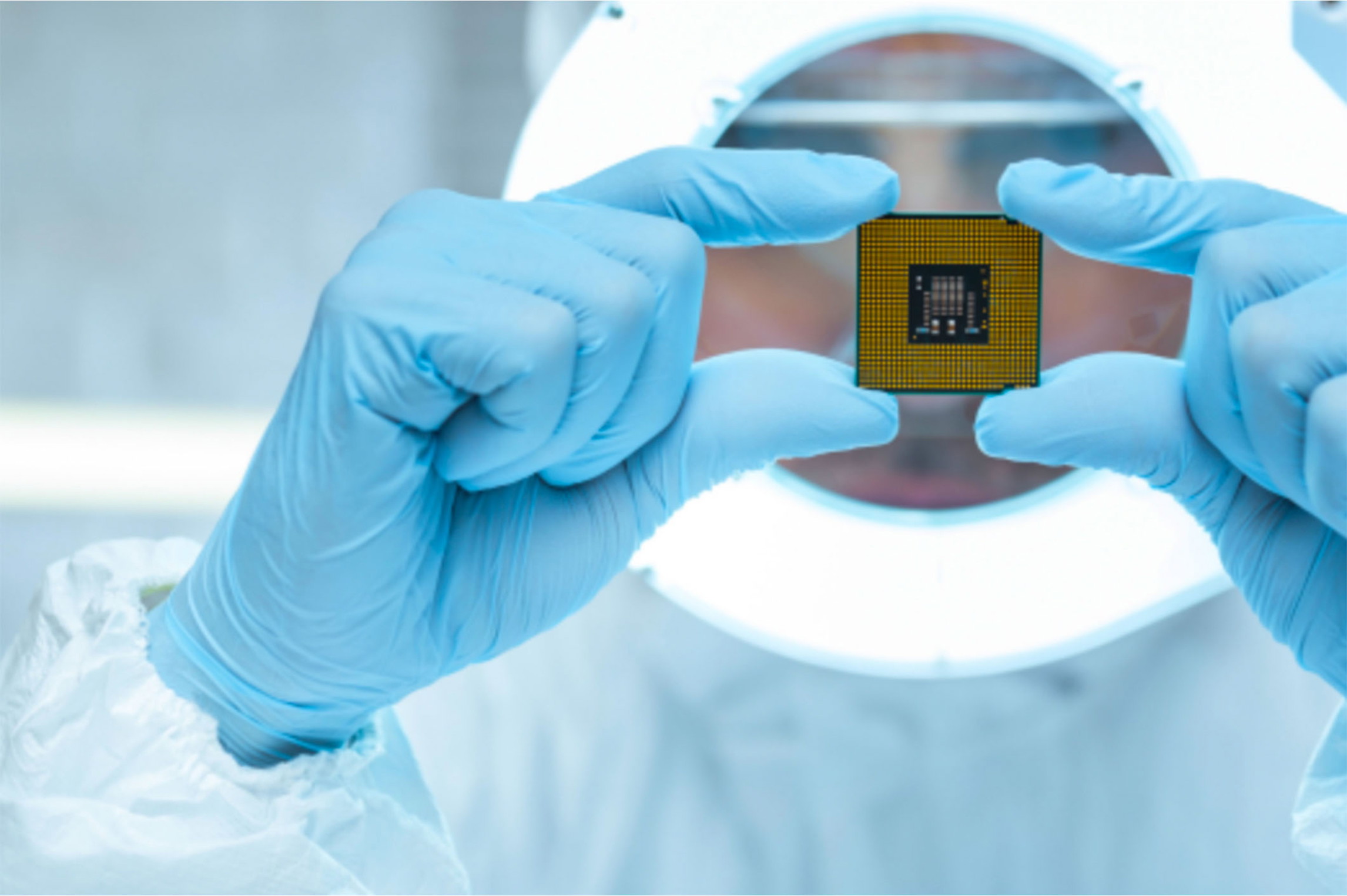From Design To Finished Product: The Additive Manufacturing Process In A Nutshell

Additive manufacturing (AM) transforms digital designs into physical objects by adding material layer by layer. This process is versatile, allowing for the creation of complex geometries and customized components that would be challenging or impossible to produce using traditional manufacturing methods.
The AM Process in Detail
-
Design Phase: The process begins with digital design, usually created in CAD (Computer-Aided Design) software. The model is sliced into thin layers, which serve as the blueprint for the additive process. Designers can adjust and optimize their designs before production, ensuring precision and performance.
-
Material Selection: AM supports a wide range of materials, from plastics to metals, ceramics, and even biomaterials. The choice of material depends on the application, whether it's for lightweight aerospace components, durable automotive parts, or biocompatible medical devices. Advances in material science have expanded the range of materials suitable for AM, making it increasingly versatile across industries.
-
Printing Techniques: Several AM methods exist, each suitable for different applications:
- Fused Deposition Modeling (FDM): One of the most common techniques, where thermoplastic filaments are extruded layer by layer. This method is widely used for prototyping and low-cost manufacturing.
- Selective Laser Sintering (SLS): Involves using lasers to sinter powdered material, typically metals or polymers, layer by layer. SLS is ideal for creating durable and complex parts, especially in aerospace and automotive industries.
- Stereolithography (SLA): Uses a UV laser to cure liquid resin into solid parts. This method is known for producing highly detailed and smooth-surfaced objects, making it popular for prototyping and precision parts.
- Nanomaterial Printing: This emerging field involves printing with materials at the nanoscale, offering even greater precision and new possibilities in fields like electronics and biomedical devices.
-
Printing and Post-Processing: Once the digital design is finalized and materials are selected, the printing process begins. Depending on the complexity and size of the object, this can take anywhere from minutes to several days. Post-processing may involve cleaning, curing, or finishing the printed parts, such as removing support structures or applying surface treatments to improve strength and aesthetics.
Benefits and Applications
AM offers numerous advantages over traditional manufacturing:
-
Customization: AM enables the creation of tailored products, from custom-fit medical implants to personalized consumer goods. This level of customization is difficult and costly to achieve with conventional manufacturing.
-
Complexity without Added Cost: Unlike traditional methods where complexity can increase costs and production time, AM allows for the creation of intricate geometries without additional tooling or setup.
-
Material Efficiency: AM is inherently more efficient in terms of material use, as it only uses the necessary amount to create the object, reducing waste. This is particularly beneficial in industries like aerospace, where reducing material waste can lead to significant cost savings.
-
Rapid Prototyping: AM has revolutionized prototyping by dramatically reducing lead times. Designers can quickly iterate and test designs, speeding up the development process and reducing time to market.
Future Trends
The future of AM looks promising, with ongoing research aimed at expanding the range of materials and improving printing speeds. Hybrid systems that combine AM with traditional manufacturing methods are also emerging, offering the best of both worlds. In addition, advances in nanomaterials and bioprinting open up new frontiers in healthcare, electronics, and beyond.
Conclusion
Additive manufacturing represents a paradigm shift in how products are designed and made. By enabling greater design freedom, material efficiency, and customization, AM is set to continue transforming industries ranging from aerospace to healthcare. As the technology advances, the potential applications of AM will only grow, unlocking new possibilities and further driving innovation.
For more detailed insights, visit the full article here.
Related Articles






